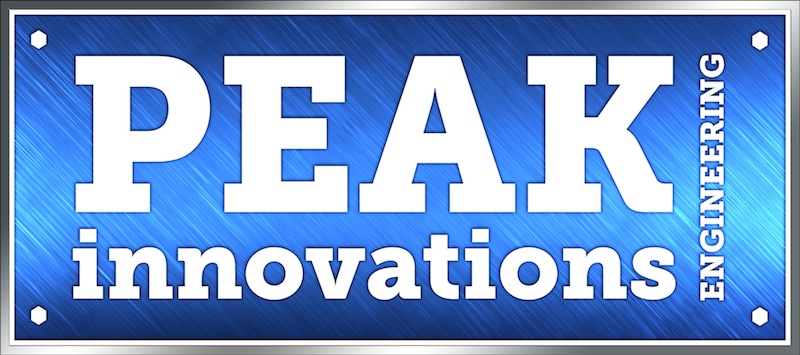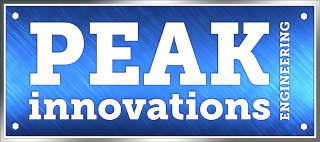The proper amount of tension is necessary to hold bolted joints together. This requires the correct amount of tightening on the bolt. At Peak innovations Engineering, we understand the various ways in which bolted joints can fail and offer bolted joint testing and analysis of your fasteners to ensure proper and effective function over the long term.
Below of some of the most common methods of bolted joint tensioning:
Torque Control
As one of the most popular methods of fastener installation, torque control uses a calibrated torque wrench that enables the operator to achieve a designated torque value.
Torque and Turn Control
This method involves tightening the fastener to a snug tight position before a designated amount of turn is applied to achieve a determined pre-load.
Stretch Control
During bolt tightening, stretch in the bolt is created. This allows fasteners to clamp securely to the surface. For proper working joint, it is important to ensure the fastener is given the right amount of preload and that the preload is maintained in the joint during its service life. Preload can be precisely measured through the stretch control method when a micrometer or other tool is used to measure bolt stretch. Access to each end of the bolt is required to use these tools – both before and after installation.
Certain indirect tensioning methods mentioned above provide greater precision than others. However, they do not provide direct control over the tension produced in bolts as do the methods mentioned below.
Washer Control
Many inexpensive and basic tension control systems utilize direct tension indicating (DTI) washers which have elevated nibs or dimples that compress when tightened to the correct tension.
Hydraulic Tensioners
These tensioners are designed to tighten bolts of large diameter. Hydraulic pressure is applied to pull up on the bolt. Then the nut is placed on the bolt and positioned against the upper portion of the joint. As the pressure is released the nut carries most of the tension stress produced.
Disc Spring Washers
These washers are positioned under the nut or head and with a spring-like action begin to deform as the fastener is tightened, causing them to press upward.
Ultrasonic Instruments
With an ultrasonic emitting device, a quick burst of ultrasonic energy is directed into the bolt. The time it takes from the sound to reverberate off the end and return to the transducer is recorded. This time increases as the bolt is stretched.
If you need bolt testing and analysis to ensure proper fastener joint performance, we have the expertise and experience to help. Call us today at 815.420.3802 or leave us a message through our contact form to find out how we can serve your bolt testing and analysis needs.

